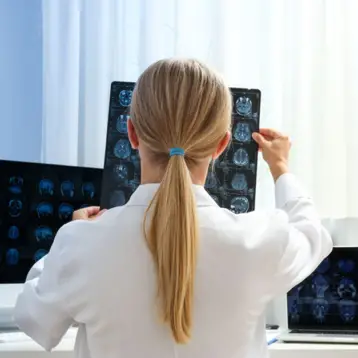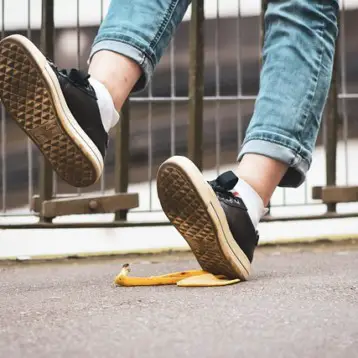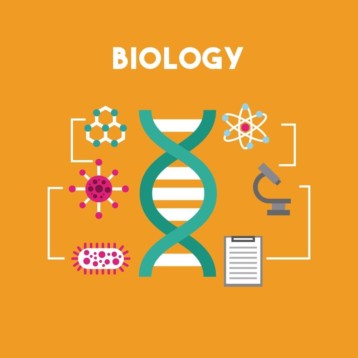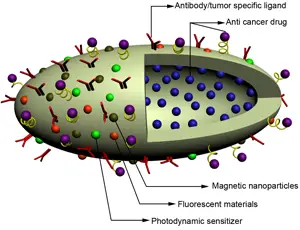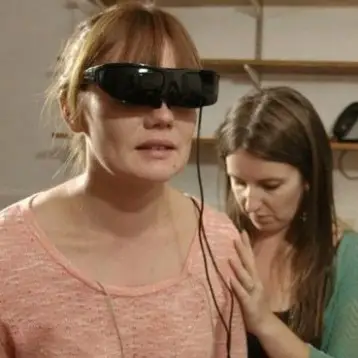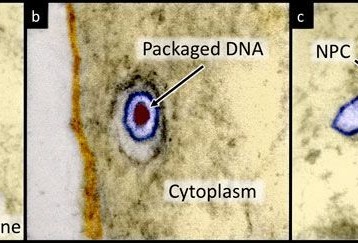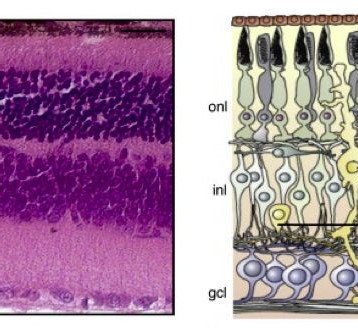The following study will definitely go up high on the strange research list. Scientists from the Weizmann Institute in Israel decided to add whiskers as an extra sense to human subjects in order to try and better understand how the human mind processes sensory input and ultimately help blind people.
In the animal kingdom there are many different senses, some of them quite remote from our 5 human senses. Bats can "see" using echo location, sharks have a magnetic sense, Rattlesnakes have a special organ which allows them to see in the dark using infra red and there are many other bizarre examples in the animal kingdom – one of them is rats.
–
–
Rats move their whiskers back and forth about 8 times a second to help them locate objects in their environment. Giving them a super sense unlike anything we humans have naturally. However Weizmann Institute researchers decided to try and see if there is a way human beings can somehow learn to use a similar sense.
–
–
They attached plastic “whiskers” to the fingers of blindfolded volunteers and asked them to try and find an object using their newly acquired sense. Why do that you ask? the answer is that by learning how the brain acquire this sense the scientists can learn more about how our brain actually processes sensory input and could ultimately help develop aids for blind people.
–
–
The attached whisker was about 12 inch long with special sensors on its base and was connected to the index finger of each hand of a blindfolded subject. Then two poles were placed at arm’s distance on either side and slightly to the front of the seated subject, with one a bit farther back than the other. The task given to the subjects was to figure out which of the two poles was the further one. As the test progressed the distance between the poles got shorter until the subject was unable to tell which is which.
–
–
Over the course of several days the subjects appeared to improve their results going from about 3 inch to as low as less than 1 inch distance between the poles using their new sense. According to Prof. Ehud Ahissar from the research team: "Both sight and touch are based on arrays of receptors that scan the outside world in an active manner, our findings reveal some new principles of active sensing, and show us that activating a new artificial sense in a ‘natural’ way can be very efficient". According to Dr. Amos Arieli who also took part of the research "our vision for the future is to help blind people ‘see’ with their fingers. Small devices that translate video to mechanical stimulation, based on principles of active sensing that are common to vision and touch, could provide an intuitive, easily used sensory aid".
More information on the Weizmann Institute website.


